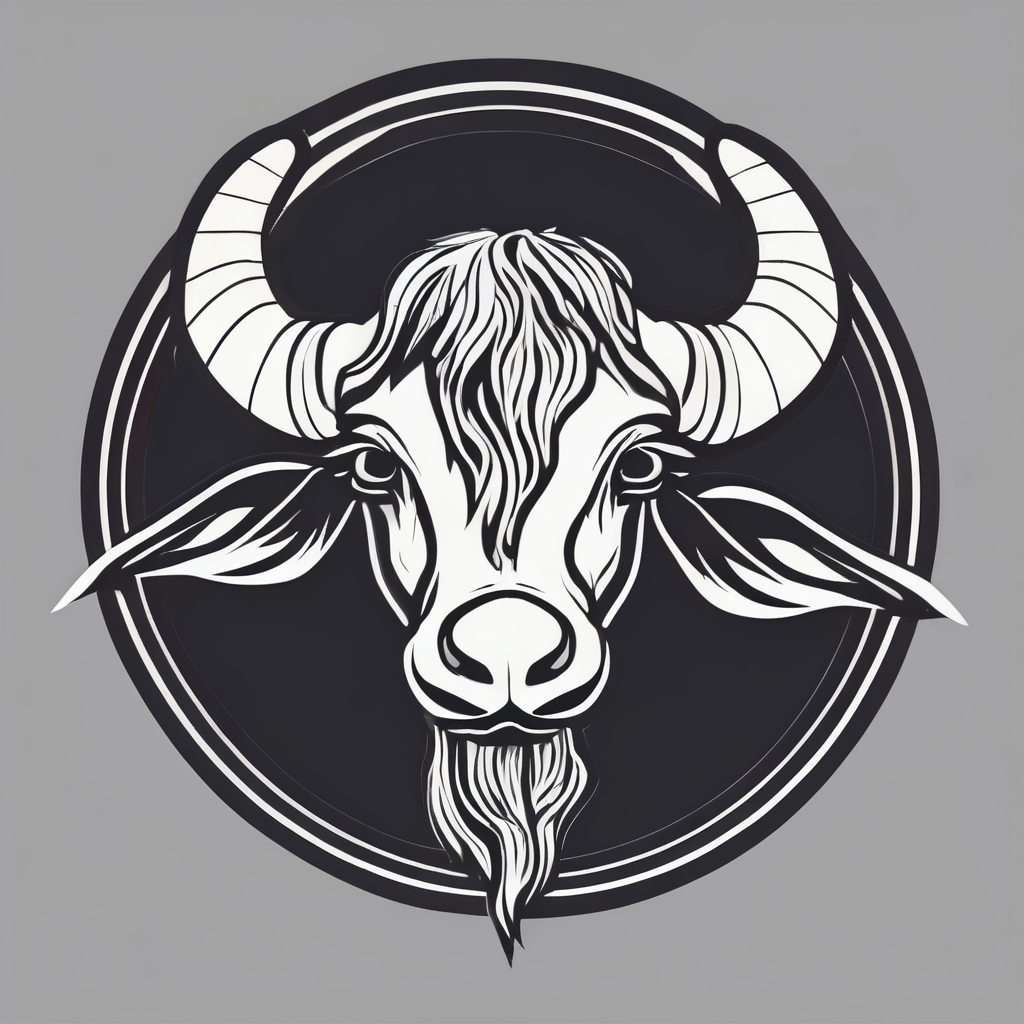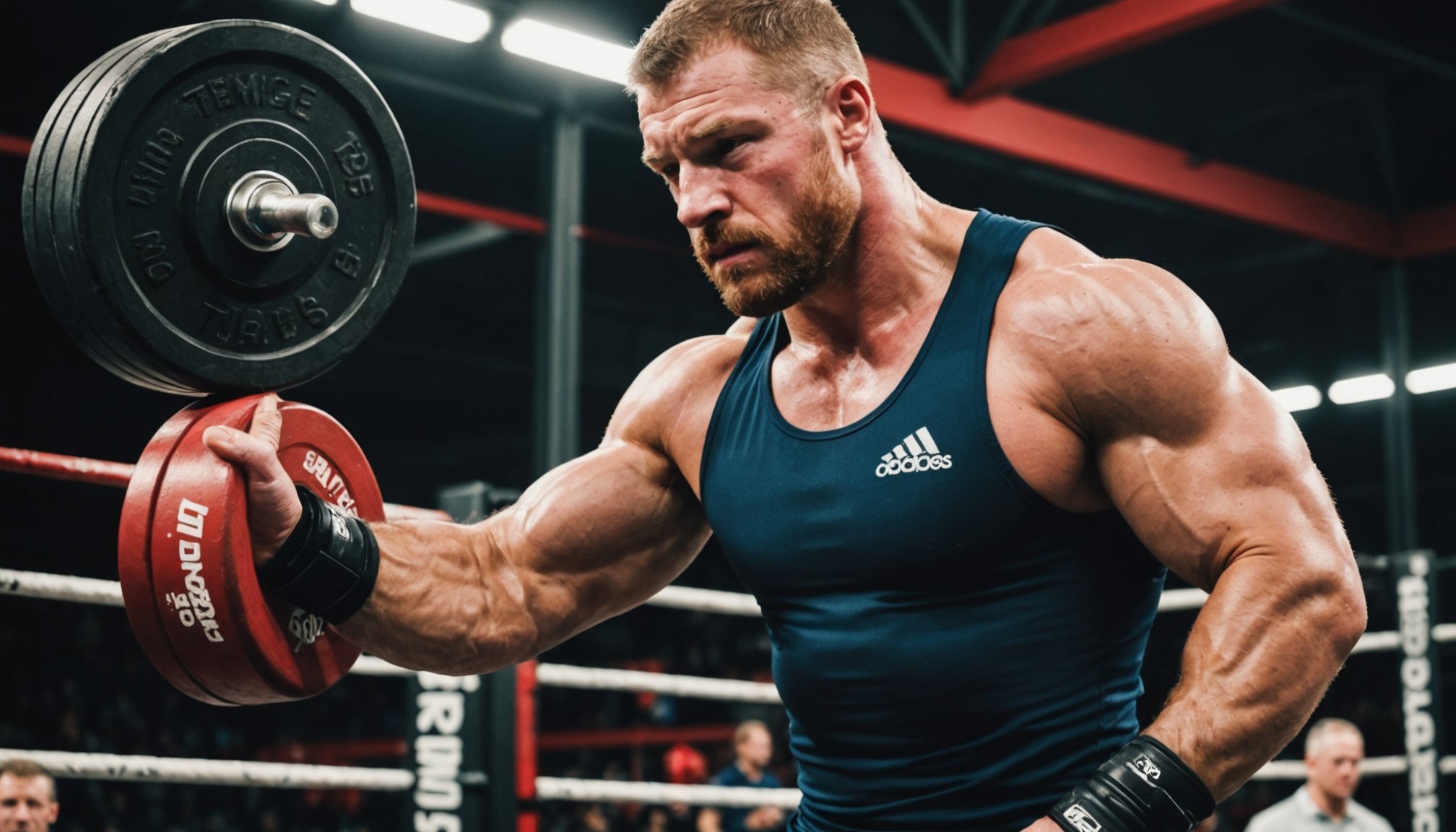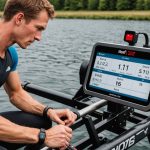Understanding Grip Strength in Wrestling
Grip strength is crucial in wrestling, as it defines a wrestler’s ability to hold, maintain control, and execute techniques effectively. A robust grip impacts various wrestling performances, including clinches, takedowns, and pins, determining the athlete’s overall success on the mat.
In wrestling, grip strength gives athletes a pivotal advantage—allowing them to perform maneuvers with precision and power. This strength is essential for preventing opponents from escaping holds and for controlling their movements. A wrestler with exceptional grip strength can maintain a steady upper hand during matches, ensuring that opponents do not break free easily.
This might interest you : Accelerate Your Takedown: The Ultimate Plyometric Training Guide for UK Wrestlers
Moreover, the importance of grip cannot be overstated, especially for UK wrestlers. Benefits specific to these athletes include enhanced endurance and the ability to sustain pressure during longer matches. Wrestlers often engage in intense, sustained contact, where grip power directly translates to performance dominance.
Overall, grip strength is indispensable for wrestling success, influencing match outcomes and the athlete’s capability to execute strategies efficiently. By focusing on grip development, wrestlers can improve their competitive edge significantly.
In parallel : Refining Harmony: Designing the Ultimate Training Plan for UK Capoeira Enthusiasts
Essential Exercises for Grip Strength
Improving grip strength is integral to wrestling success, and there are key exercises that focus on this aspect. Among them, dead hangs, farmer’s walks, and plate pinches form the foundation of effective grip training.
Dead Hangs
Dead hangs are fundamental for enhancing grip endurance. The exercise involves hanging from a pull-up bar, a simple yet potent method to build forearm and hand strength. Variations include single-arm hangs and adding weight for advanced training. Integrating dead hangs into practice routines helps wrestlers maintain holds for longer periods during matches.
Farmer’s Walk
Farmer’s walk is another essential exercise, involving carrying heavy weights for set distances. This exercise not only improves grip strength but also builds overall body strength. For effective results, it’s recommended to start with moderate weights, gradually increasing to enhance grip endurance and stability.
Plate Pinches
Plate pinches focus on pinching together weight plates, emphasizing finger and thumb strength. This exercise is crucial for grip strength development and can be tailored based on a wrestler’s experience level. Beginners might start with lighter weights, advancing to heavier ones as their grip improves.
Training Regimens to Enhance Grip Strength
Developing robust grip strength in wrestling involves structuring a comprehensive training scheme that integrates progressive overload. This approach—a gradual increase in intensity—ensures consistent improvement. An effective grip training routine should blend various exercises, focusing not only on grip-specific tasks but aligning them within the broader wrestling strength program.
When creating a training schedule, it’s crucial to incorporate grip strength work in tandem with overall physical conditioning. This means scheduling grip exercises alongside general strength training, like powerlifting or cardiovascular workouts, to ensure balanced development. By alternating days between high-intensity grip work and other strength activities, wrestlers can maintain peak performance without overtaxing specific muscle groups.
Progressive overload in grip training involves increasing the intensity of exercises incrementally. For instance, adding weight to farmer’s walks or extending dead hang durations enhances grip endurance. Tracking these changes allows for measurable improvements in strength.
A strategic approach to grip strength enhances not only performance on the mat but overall athleticism. By embedding grip-focused sessions within regular training cycles, wrestlers can achieve sustained growth and adaptability, translating directly to better competition results.
Nutritional Guidelines for Optimal Grip Strength
To excel in wrestling and enhance grip strength, it’s crucial to follow optimized nutrition for wrestlers. Protein plays a vital role in muscle repair and growth, a critical component for those pushing their grip strength boundaries. Consuming protein-rich foods like lean meats, eggs, or dairy products helps repair muscle fibres broken down during training, leading to stronger grips over time.
Key nutrients further supporting grip and overall strength include healthy fats and vitamins. Omega-3 fatty acids, found in fish or flaxseeds, are anti-inflammatory agents that promote joint health. This is essential for wrestlers who depend on strong grip techniques. Vitamins such as C and E aid in muscle recovery, enabling faster recuperation between intense training sessions.
Timing meals is equally important. Consuming a balanced meal with adequate carbohydrates, protein, and fats after a workout offers fuel for muscle recovery, enhancing performance. A small protein snack before bed can support muscle repair overnight. Implementing these strategies enables wrestlers to maintain high wrestling performance levels, ensuring their grip development reaches its full potential. Optimal nutrition can be the difference in achieving greater success on the mat.
Common Mistakes in Grip Strength Training
Improving grip strength is vital to wrestling success, but many athletes fall into common pitfalls that impede progress. A prevalent error is neglecting proper form and technique during exercises. Without attention to precise execution, wrestlers risk ineffective training and potential injury.
Another mistake is overtraining the muscles without allowing sufficient recovery time. This can lead to muscle fatigue and diminished wrestling performance due to an inability to maintain consistent grip under stress. It’s crucial to balance intense grip sessions with adequate rest.
Ignoring the importance of variety is also a frequent misstep. Utilizing a limited set of exercises fails to comprehensively develop grip strength. Instead, incorporating diverse training techniques, like dead hangs and plate pinches, ensures balanced muscle growth.
To avoid these pitfalls, wrestlers should focus on:
- Prioritising correct form over lifting heavy weights
- Ensuring structured rest and recovery periods
- Utilising varied exercises for comprehensive strength training
By adopting these effective training habits, wrestlers can significantly enhance their grip strength, contributing to their competitive edge in the sport. Attentiveness to detail during training ensures optimal development and a reduced risk of injury.
Equipment Recommendations for Grip Training
Utilising the right grip training tools can drastically enhance a wrestler’s performance. A variety of equipment is available to support grip training, enabling athletes to develop their strength effectively.
Grip Trainers
Grip trainers come in numerous forms, catering to varying wrestler needs. Adjustable hand grippers allow for progressive resistance, crucial for strength enhancement. Select tools that match your current level and desired improvements. They are compact, making them easy to integrate into regular training routines.
Resistance Bands
Resistance bands are highly versatile for grip strength exercises. They offer scalable resistance, suitable for everything from basic motions to more complex drills. Select bands with different tension levels to align with your program needs. Their portability makes them a practical addition to any wrestler’s gear.
Dumbbells and Barbells
Free weights like dumbbells and barbells are indispensable in any grip training routine. Exercises such as wrist curls and farmer’s walks integrate these tools well. Prioritising safety during workouts ensures maximum benefit without injury. Always start with manageable weights, increasing gradually for optimal development.
Case Studies and Testimonials from UK Wrestlers
The transformative influence of grip strength in wrestling is underscored by real-life successes. Athlete testimonials provide powerful insights. Take Georgia, a UK wrestler whose matches drastically improved after focusing on grip strength impact. Her consistent grip training resulted in more effective holds and successful pins, confirming the practical benefits of robust grip strength in wrestling.
Many UK wrestlers articulate similar experiences. Alex attributes his success to a dedicated training regimen. This regimen was designed specifically to enhance grip through targeted training routines. His improved grip led to better defensive strategies, ensuring opponents found it difficult to break free. Alex’s results show how structured training fosters competitive superiority.
Another testament to the importance of grip comes from Lisa. Lisa’s personal journey illustrates how grip strength bolstered her match endurance. Implementing grip strength exercises tailored to her needs, she noticed significant improvements in controlling her opponent’s movements.
These wrestler success stories reflect the profound role of grip strength. They highlight how incorporating athlete testimonials into training programs can inspire and guide new strategies, ultimately elevating any wrestler’s performance. Each experience echoes a common lesson: adapt and relentlessly refine your grip training for the sport.






